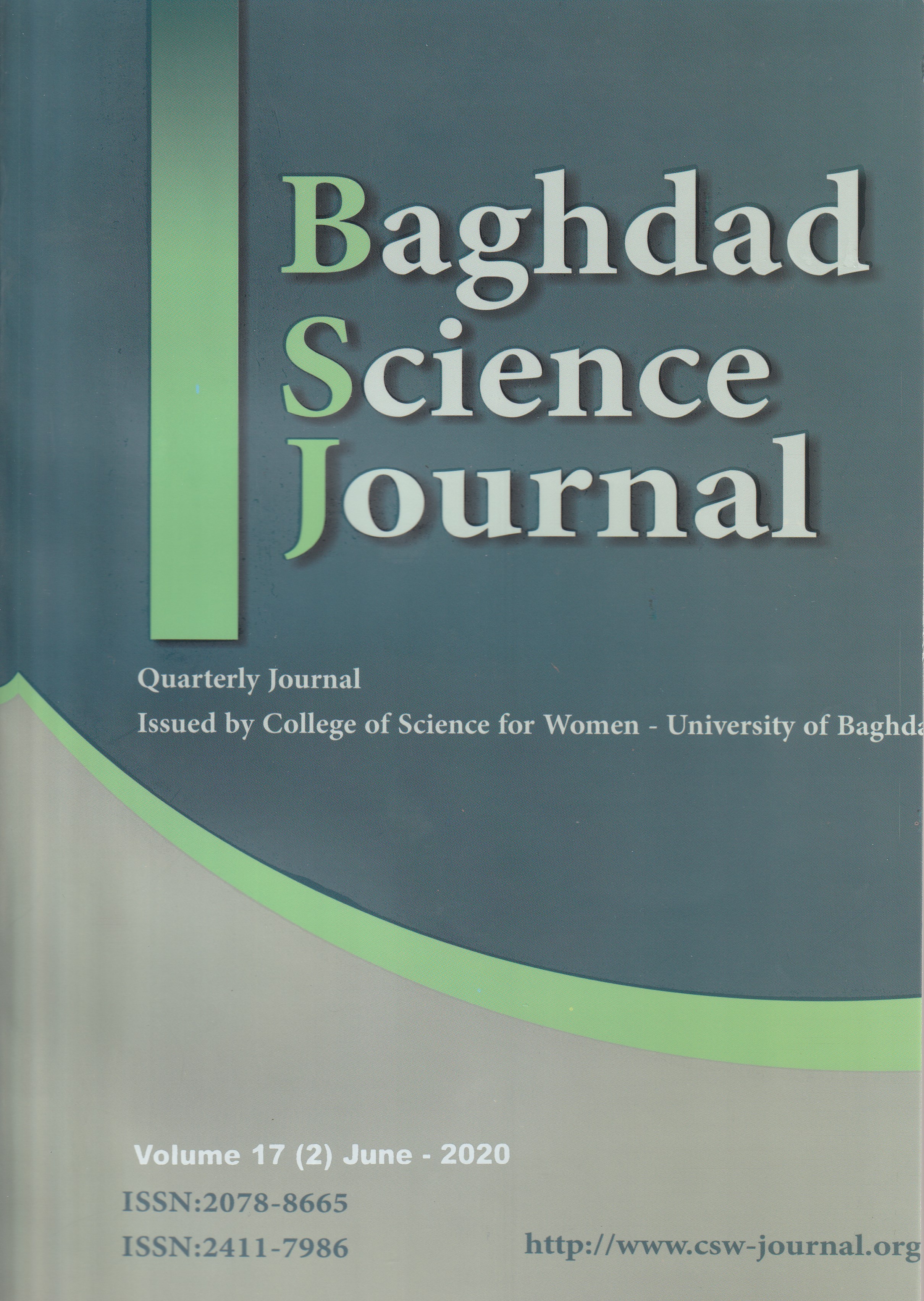Acoustic and Thermal Insulation of Nanocomposites for Building Material Improvement Of Sound And Thermal Insulation Properties Of Nanocomposite
Main Article Content
Abstract
This work aims to enhance acoustic and thermal insulation properties for polymeric composite by adding nanoclay and rock wool as reinforcement materials with different rations. A polymer blend of (epoxy+ polyester) as matrix materials was used. The Hand lay-up technique was used to manufacture the castings. Epoxy and polyester were mixed at different weight ratios involving (50:50, 60:40, 70:30, 80:20, and 90:10) wt. % of (epoxy: polyester) wt. % respectively. Impact tests for optimum sample (OMR), caustic and thermal insulation tests were performed. Nano clay (Kaolinite) with ratios ( 5 and 7.5% ) wt.% , also hybrid reinforcement materials involving (Kaolite 5 & 7.5 % wt.% + 10% volume fraction of rockwool ) were added as reinforcement materials to the optimum sample. Results of impact test prove that the optimum sample has (80:20) wt. % of mixing ratio of (epoxy: polyester) wt. % for using as matrix materials. Moreover, the adding of nanoclay (Kaolinite) with ratio (7.5 wt.%) leads to the highest sound insulation. The sound intensity started at (99.8) db at 100 Hz, and reached to (101.3) db at 10000 Hz., which is much lower than the values obtained from the un-reinforced blend, of which the sound intensity started at (107.2) db and reached to (108.7) db., at the same range of frequencies. Thermal conductivity results show that the optimum matrix with (7.5 %) wt. % has the lowest value about (0.443 k.w\m .c).
The results show that the blend reinforced with nano clay in a weight fraction (7.5)% has the best sound insulation, so that the sound intensity started at (99.8) db at 100 Hz., and reached (101.3) db at 10000 Hz., which is much lower than the values obtained from the unreinforced blend, of which the sound intensity started at (107.2) db and reached (108.7) db., applying the same range of frequencies. The same casting (blend+7.5% nanoclay) showed the lowest value of thermal conductivity (xxxx) W.m°C in comparison with castings that were made of unreinforced blend and those hybridized with rockwool.
Received 30/1/2019, Accepted 16/7/2019, Published 1/6/2020




